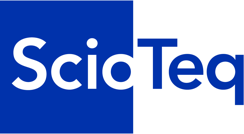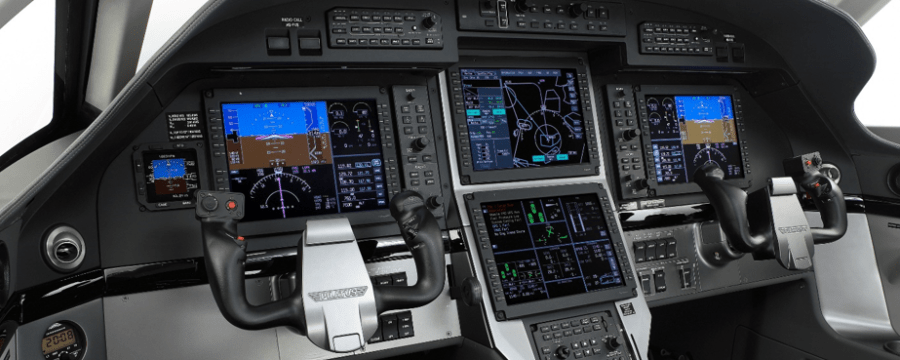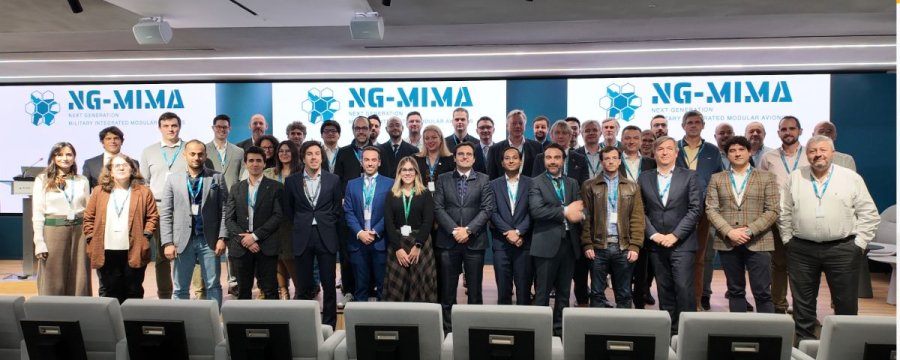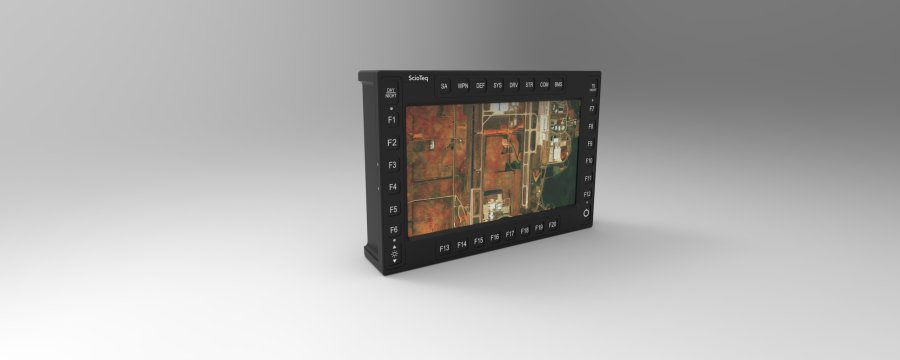ScioTeq and EAVISE test innovative sensors at Kortrijk-Wevelgem airport

The tests were the conclusion of the Cumulus project, a close collaboration of ScioTeq and KU Leuven.
Professor Patrick Vandewalle of the research group EAVISE at Campus De Nayer in Sint-Katelijne-Waver was in charge of the field tests with the LIDAR sensor in Wevelgem today. “LIDAR sensors send out an invisible light pulse and interpret the reflected light. LIDAR is similar to RADAR, but with light waves instead of radio waves. Using the reflected light, we can reconstruct the environment in three dimensions instead of the two-dimensional images of classic cameras. LIDAR technology is already being used in future autonomous vehicles and for spatial data collection, such as for the GISWest platform. Through the collaboration with ScioTeq and the airport, we can explore the innovative application of this technology in aircraft."
ScioTeq's Heikki Deschacht applied ScioTeq's extensive expertise in aviation and the technological domain to the data recordings. The company has been building this expertise through more than 30 years of avionics development: “ScioTeq positions itself on the market as a specialist in creating environmental awareness for the end-user. Traditionally, we have achieved that goal through our high-quality display products. Our displays give the pilots a reliable view of their surroundings. The rapid technological evolution broadens the range of sources for our imaging even more. LIDAR sensors are a promising component in this process. In addition, our customers have an increasing need for analyzing sensor data using our computer systems to support the pilots in their decision-making process. Sensor data collection plays a vital role in ScioTeq’s innovation process; this information is essential to developing the processing technology. On aircraft, LIDAR can help in the event of poor visibility, among other things, to avoid collisions and facilitate driving on the ground. This is a promising technology that can greatly improve civil aviation safety. That is why we are very grateful to the airport for their valuable cooperation in this experiment. It shows that the airport is also eager to learn."



